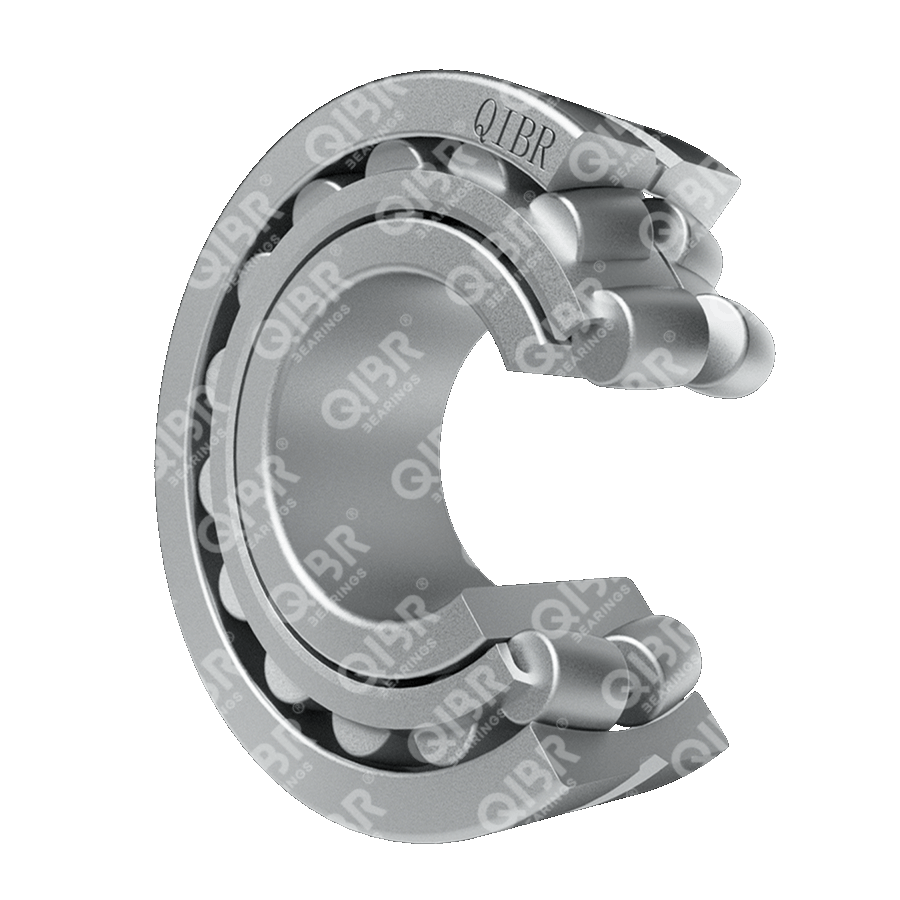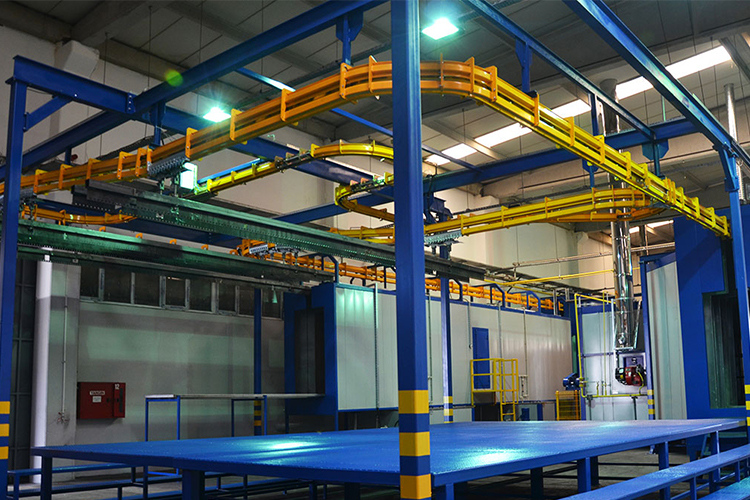QIBR and steel mills reach cooperation intention on spherical roller bearings
- Industry
- Steel production industry
- Location
- The Middle East
- Goals
- Reduced production downtime and bearing replacement costs
Products used
QIBR and Steel Mills Factory Reach Cooperation on Spherical Roller Bearings
Reduced production downtime and bearing replacement costs
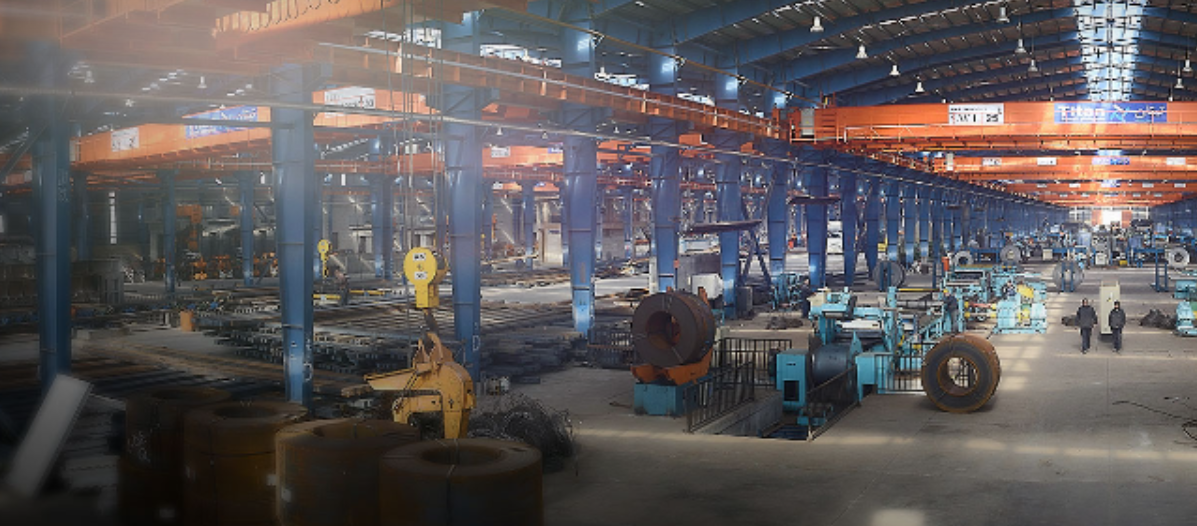
Customer introduction:
Steel is one of the most complete steel production complexes in the Middle East and its surrounding areas, with a continuous, aggregated supply model and a flexible and efficient supply chain. The company operates 27 production lines and related support equipment, with a current production capacity of more than 2.5 million tons/year. Advanced production technology makes Steel a pioneer in the Middle East's profile industry. Its product supply chain covers ingots of different sizes, rebars of various diameters, and various types of pipes and profiles for industrial and construction purposes.
a) Challenges (Problems that exist and why they are not solved)
In steel production lines, reducers are key mechanical equipment, and their function is to reduce the high-speed operation of the motor to meet the needs of the production line. The spherical roller bearing is an important part of the reducer, which supports the bearing and reduces friction. However, the special working environment and requirements of the steel production line make the spherical roller bearing face many challenges in application.
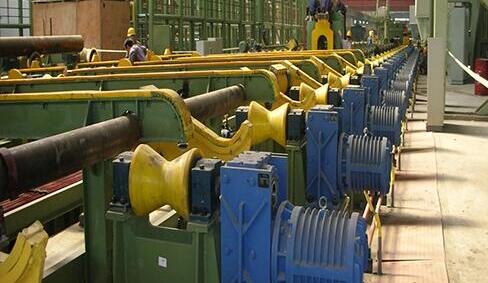
The working environment temperature of the steel production line is relatively high, which poses a severe challenge to the lubrication effect of the spherical roller bearings. High temperature will cause the lubricant to age and fail quickly, thereby increasing the friction and wear of the bearings, and ultimately affecting the service life of the bearings.
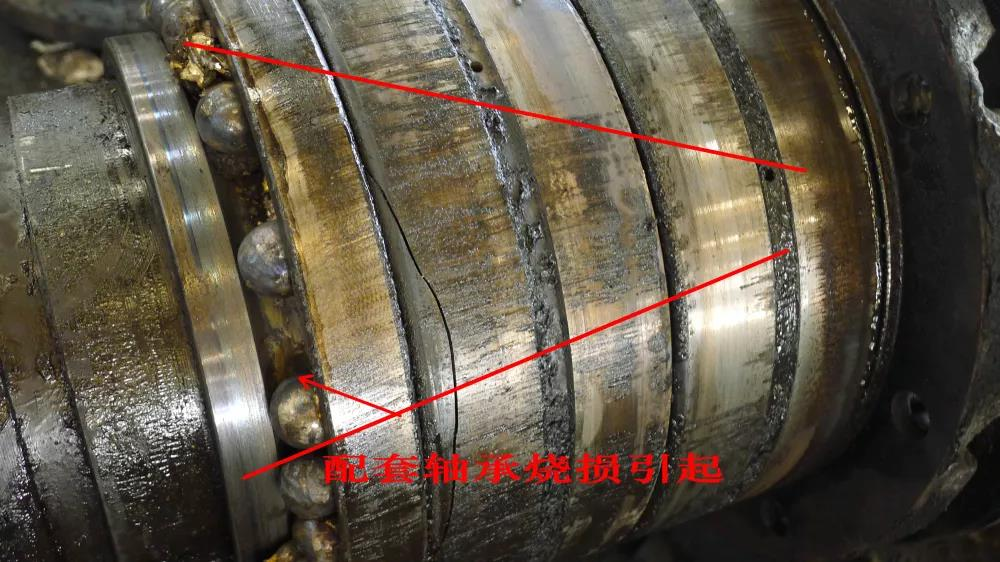
After getting in touch with QIBR, Steel's purchasing group explained the steel mill's situation and needs in detail. After understanding the specific usage environment and technical requirements, QIBR's technical team customized a solution for the steel mill. Not only did they provide high-quality bearings, but they also made suggestions to improve the overall performance of the production line reducer.
Over the next few weeks, QIBR efficiently completed the production of the bearings and shipped them to the client. To ensure a smooth installation, QIBR also dispatched an experienced technical team to the client's plant for on-site guidance.
With the help of the QIBR technical team, the new bearings were successfully installed and put into use. The production line has resumed normal operation, with higher efficiency than before and significantly improved stability. The management of the steel mill is very satisfied with the result, saying that we not only solved their current problem, but also laid the foundation for our future cooperation.
Conclusion
PETER, R&D Manager of QIBR
In order to achieve this cooperation, we gathered all the technical strength of the company and successfully solved a major problem of the customer. We adhere to the concept of "customer needs are our commitment" and go all out to provide customers with excellent services. Our goal is to let more industrial products choose QIBR bearings to demonstrate the excellent quality of Made in China.
For the reducer of the steel production line, the bearing can not only play the role of support and load, but also needs to transmit power and torque. The bearing of the general steel production line reducer uses spherical roller bearings. The inner diameter of the ordinary spherical roller bearings is 480-600mm, the outer diameter is 790-950mm, and the width is 300-460 mm, which is a large bearing. This type of bearing has a strong load-bearing capacity. However, during the use of the steel production line reducer, the bearing life is short, it is easy to be damaged, and the bottom pair of the steel solid cage is broken.
Mainly because the reducer adopts helical gear transmission, the spherical roller bearing is installed at the fixed end of the transmission shaft, and the bearing bears a large axial force. When the clearance of the spherical roller bearing is greater than zero and the ratio of axial force to radial force is large to a certain extent, a single row will be loaded, and the rollers in the unloaded row will slip, and there is a risk of damage during the operation of the bearing. Single-row loading causes a difference in the speed of the rollers on both sides, and the running speed of the cage is different. The speed of the loaded row is higher, and the vibration is greater during use. The existence of a large impact load causes the cage to bear a greater impact force, and the cage is not sufficient to bear the vibration and impact force.
b) Solution (How QIBR solves the problem)
QIBR technicians studied the operation of spherical roller bearings in reducers and selected spherical roller bearings with an inner diameter of 480 mm, an outer diameter of 790 mm, and a width of 208 mm for optimization. Without changing the outer dimensions and load capacity of the bearing, the following design optimization solutions were adopted:
- The cage material was selected as 20 steel, and a split carbon steel cage was used to replace the brass cage, and the cage thickness was increased to enhance its strength and load capacity.
- Considering the complex stress of the spherical roller bearing in the working conditions of the steel production line reducer, to ensure that the roller has sufficient load capacity, the roller diameter is kept unchanged, the number of rollers is reduced to 20, and the cage tooth width is increased.
- The roller length is reduced from the original 128 mm to 120 mm to increase the cage beam width. After the roller is shortened, the outer diameter opening lock size of the cage increases. The cage opening width is selected as 105mm, and the angle is 13° to ensure that the roller will not fall out of the cage during assembly. The opening shrinkage size is 90 mm.
- When the spherical roller bearing is running, the roller is guided well, but the fixed middle rib cannot move axially. When the bearing is subjected to axial load, the load of the two rows of rollers cannot be adjusted, which easily leads to stress or stress concentration on the single row of rollers. The movable retaining ring can move axially to compensate. When the bearing is subjected to axial load, the load of the two rows of rollers can be adjusted to make it evenly loaded and avoid stress concentration. If there is no movable retaining ring, its function is assumed by the cage, so the fixed middle rib can be canceled and the movable retaining ring can be used.
- The outer dimensions of the bearing and the wall thickness of the ring remain unchanged to ensure installation. Other technical requirements comply with current national and industry standards, such as geometric tolerances, heat treatment, flaw detection and testing methods.
c) Results
- Optimized the durability and stability of the bearing.
- Improved the reliability and work efficiency of the equipment.
- Reduced the frequency and cost of equipment maintenance.
- Improved the performance of the bearing under vibration and impact loads.
- Reduced the downtime of the production line due to bearing failure.
Testimonials
Suitable spherical roller bearings play a vital role in our company's production of reducers. QIBR technicians start from practical problems and analyze the problems of the bearings currently used in reducers one by one, focusing on improving the smooth operation and stability of the reducer. After the reducer bearings are updated to QIBR spherical roller bearings, they meet the expected results after testing by technicians.
QIBR technicians start from practical problems and analyze the problems of the bearings currently used in reducers one by one, focusing on improving the smooth operation and stability of the reducer.

